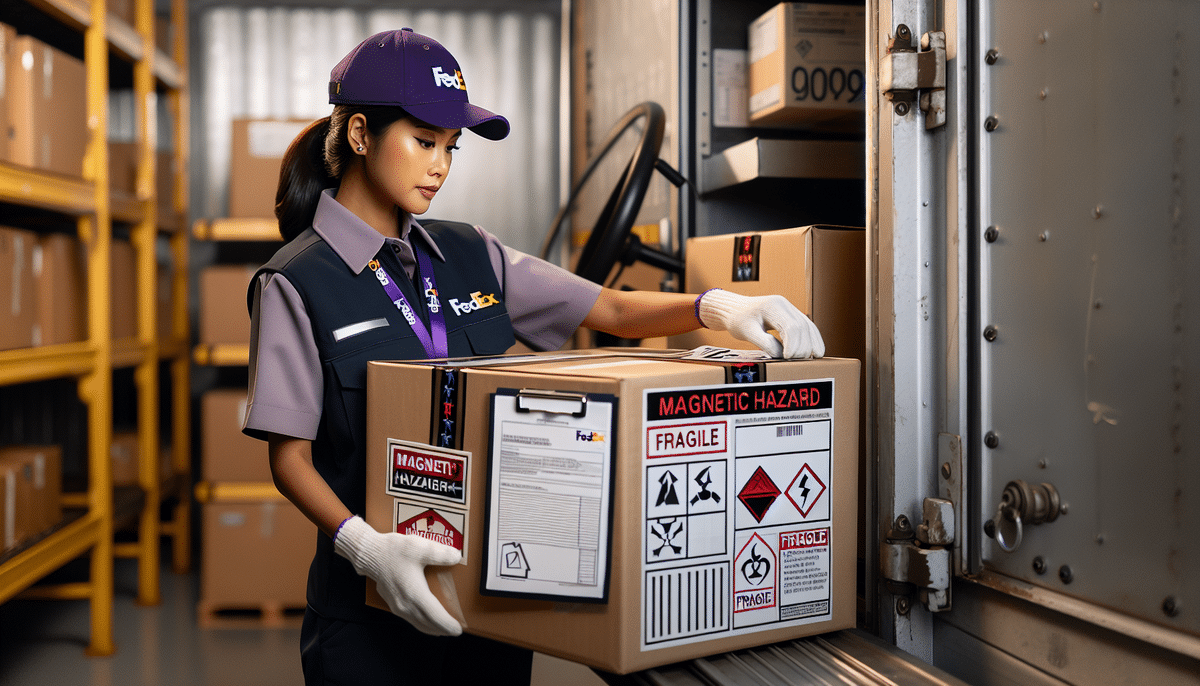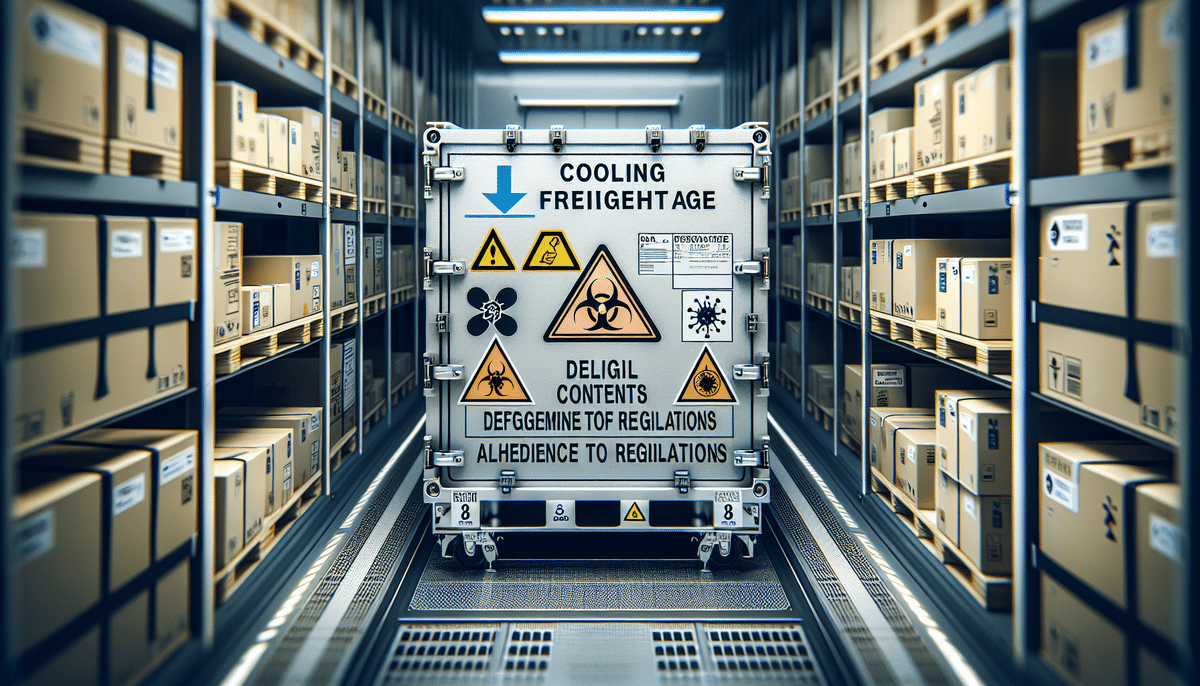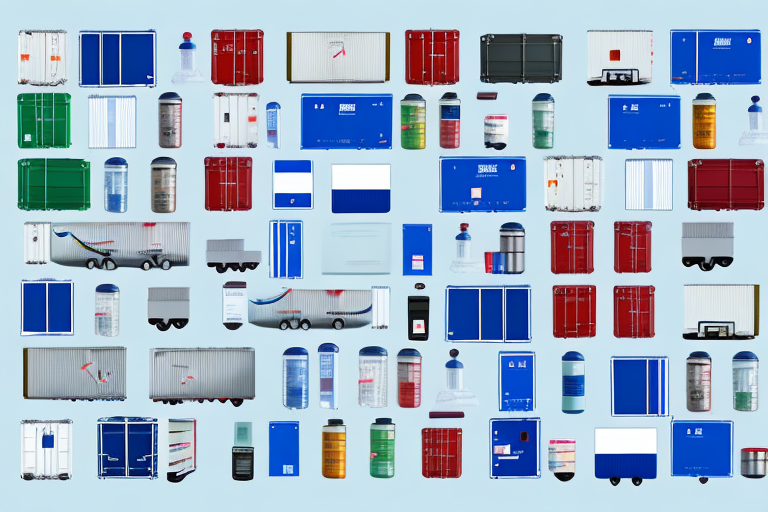Introduction to Shipping Magnetized Materials
Shipping items containing magnetized materials requires a comprehensive understanding of the associated risks and adherence to safety protocols. Proper handling ensures the safety of those involved in transportation and minimizes environmental impact.
Understanding Magnetized Materials and Their Risks
Magnetized materials possess magnetic properties and are found in a wide range of products, from small electronic devices to large machinery. During transportation, these materials can interact with metal objects and equipment, such as conveyor belts or cargo containers, posing significant risks.
Individuals with medical devices like pacemakers or cochlear implants are particularly vulnerable, as strong magnetic fields can interfere with their functioning, leading to serious health complications. Proper identification and handling are crucial to prevent such risks.
Environmentally, improper disposal of magnetized materials can lead to soil and water contamination, adversely affecting wildlife and human health. Recycling or safe disposal methods are essential to mitigate these impacts.
The Dangers of Shipping Magnetized Materials
Improperly handled magnetized materials can cause damage to shipping containers and pose injury risks to individuals nearby. Strong magnetic fields may attract metal objects at high speeds, creating hazardous situations.
Additionally, magnetized materials can disrupt electronic devices, such as compasses and navigation systems, leading to inaccurate readings and potentially dangerous navigation errors, especially in environments like narrow waterways or busy ports.
Identifying and Handling Magnetized Materials
Identifying Magnetized Materials
Before shipping, it's essential to identify whether packages contain magnetized materials. Common examples include magnets, electric motors, and generators. Identification can be performed by reviewing item documentation or utilizing handheld magnetic field detectors to measure an object's magnetic field strength.
Accurate identification ensures compliance with shipping regulations and prevents interference with electronic equipment.
Proper Handling Techniques
Handling magnetized materials requires careful procedures to prevent unintended interactions. This includes:
- Using Non-Magnetic Tools: Employ tools and equipment that are non-magnetic to avoid interference.
- Securing Packages: Ensure that magnetized items are securely packaged to prevent movement during transit.
- Avoiding Proximity to Sensitive Equipment: Keep magnetized materials away from electronic devices and medical equipment.
Packaging and Labeling for Safe Transportation
Packaging Requirements
Magnetized materials should be packaged in non-magnetic containers capable of withstanding their magnetic fields. Cushioning materials should be included to protect contents from damage, and packages must be marked with appropriate hazard labels and handling instructions.
Proper packaging not only ensures the safety of the materials but also complies with international shipping regulations.
Labeling Standards
Labels must conform to international shipping standards, featuring hazard indicators and magnetic field warnings. Handling instructions such as "Do not stack" or "Keep away from metal objects" should be clearly displayed.
Additionally, the strength of the magnetic field should be indicated to inform handlers of potential risks.
Regulatory Compliance and Best Practices
International Regulations
Compliance with international shipping regulations is critical to avoid fines and ensure safety. This includes:
- Proper Documentation: Provide all necessary shipping documents outlining the nature of the materials.
- Correct Labeling: Adhere to labeling standards that accurately represent the hazards.
- Approved Packaging: Use packaging materials that meet regulatory requirements for magnetized substances.
Working with reputable shipping companies familiar with these regulations can facilitate compliance.
Best Practices for Safe Transportation
Adhering to best practices enhances the safety and efficiency of transporting magnetized materials:
- Proper Training: Ensure all personnel involved in shipping magnetized materials are adequately trained.
- Regular Safety Audits: Conduct periodic safety checks to identify and rectify potential issues.
- Use of Specialized Services: Opt for shipping services experienced in handling hazardous materials.
- Environmental Considerations: Implement eco-friendly disposal and handling practices to minimize environmental impact.
Common Mistakes and How to Avoid Them
- Failure to Properly Identify Materials: Ensure all magnetized materials are correctly identified before shipping.
- Inadequate Packaging: Use appropriate non-magnetic packaging materials and cushioning to prevent damage.
- Improper Labeling: Follow labeling standards to accurately communicate hazards and handling instructions.
- Lack of Documentation: Provide all necessary shipping documents to comply with regulations.
- Ignoring Regulatory Compliance: Stay updated with current regulations to avoid non-compliance.
Avoiding these common mistakes mitigates risks associated with transporting magnetized materials, safeguarding both individuals and the integrity of the shipment.
Consequences of Mishandling Magnetized Materials
Improperly handling or shipping magnetized materials can lead to severe consequences, including:
- Injuries: Unexpected interactions with magnetic fields can cause physical harm.
- Property Damage: Strong magnets can damage shipping containers and electronic devices.
- Regulatory Fines: Non-compliance with shipping regulations can result in hefty fines and legal actions.
- Reputational Damage: Mishandling can harm a company's reputation, leading to lost business opportunities.
Protecting Your Business and Customers
To safeguard your business and ensure customer satisfaction when shipping magnetized materials:
- Follow Industry Guidelines: Adhere to established guidelines and regulations for shipping magnetized materials.
- Provide Adequate Training: Ensure that all employees involved in the shipping process are well-trained.
- Use Specialized Transport Services: Partner with shipping companies experienced in handling hazardous materials.
- Conduct Regular Safety Audits: Implement ongoing safety checks to identify and mitigate risks.
By taking these proactive steps, businesses can ensure the safe transportation of magnetized materials, maintain compliance, and build trust with their customers.
Conclusion
Shipping magnetized materials safely involves meticulous identification, packaging, labeling, and adherence to regulations. By following established guidelines and best practices, businesses can minimize risks, ensure compliance, and protect both their operations and the environment. Staying informed about the latest regulations and continuously training personnel are key to successful and safe transportation of magnetized materials.








